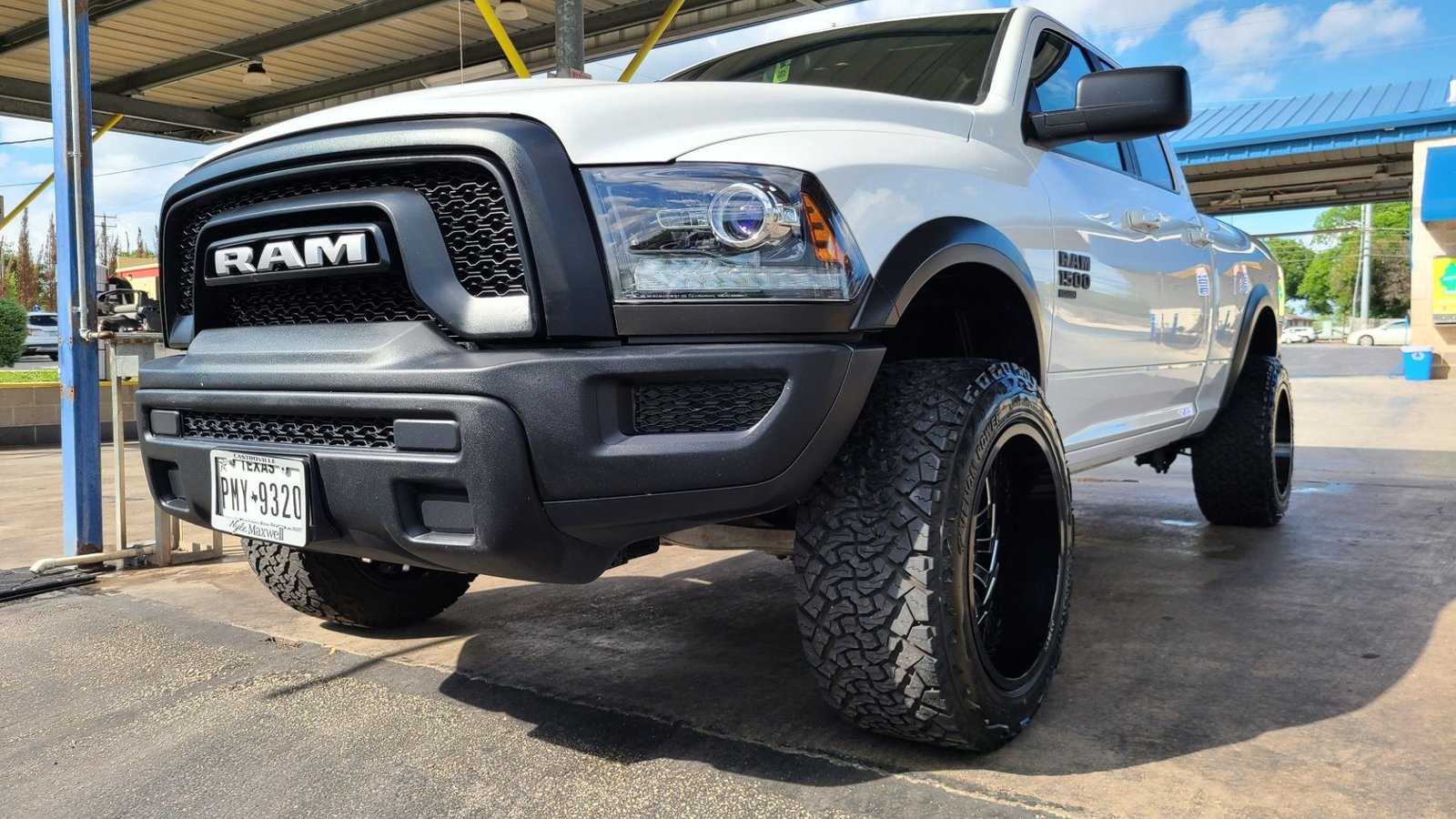Installing wheels on your vehicle yourself can save money and give you a sense of accomplishment. With the right tools and knowledge, you can complete this task safely and effectively. This guide provides essential DIY wheel installation tips to help you through the process.

Gather the Necessary Tools
Before you start, ensure you have all the necessary tools. You will need a jack, jack stands, a lug wrench or torque wrench, a wheel chock, and a breaker bar. Additionally, having a tire pressure gauge and an alignment tool can be helpful. Gathering everything beforehand ensures a smooth installation process.
Choose a Safe Work Area
Safety is paramount when working on your vehicle. Choose a flat, level surface away from traffic. A garage or driveway works well. Ensure you have enough space to move around the vehicle. Additionally, use wheel chocks to prevent the vehicle from rolling. Safety should always be your first priority.
Loosen the Lug Nuts
Before lifting the vehicle, slightly loosen the lug nuts on the wheels you intend to replace. Use a lug wrench or breaker bar to turn the nuts counterclockwise. Do not remove them completely yet. Loosening the nuts while the vehicle is on the ground prevents the wheels from spinning freely.
Lift the Vehicle
Use a jack to lift the vehicle off the ground. Refer to your vehicle’s manual for the proper jacking points to avoid damaging the undercarriage. Once lifted, place jack stands under the vehicle for added stability. Never rely solely on the jack to support the vehicle while you work.
Remove the Old Wheels
With the vehicle securely lifted, finish removing the loosened lug nuts. Carefully pull the wheel off the hub and set it aside. If the wheel is stuck, gently tap the back of the tire with a rubber mallet to loosen it. Always handle the wheels with care to avoid injury.
Clean the Wheel Hub
Before installing the new wheels, clean the wheel hub with a wire brush. Remove any rust or debris to ensure a smooth fit. A clean hub allows for proper wheel alignment and prevents vibrations. This step is crucial for a secure installation.
Mount the New Wheels
Align the new wheel with the lug bolts and slide it onto the hub. Hand-tighten the lug nuts to hold the wheel in place. Ensure the wheel sits flush against the hub. Proper alignment at this stage simplifies the tightening process and ensures safety.
Tighten the Lug Nuts
Lower the vehicle slightly so the wheels touch the ground without bearing full weight. Use a torque wrench to tighten the lug nuts in a crisscross pattern. Follow the manufacturer’s recommended torque specifications to avoid over-tightening or under-tightening. Proper torque ensures even pressure distribution.
Check the Tire Pressure
After installing the wheels, check the tire pressure with a gauge. Inflate the tires to the recommended PSI found in your vehicle’s manual or on the tire sidewall. Proper tire pressure is essential for optimal performance and safety. Regularly checking pressure prolongs tire life and enhances driving comfort.
Test Drive and Recheck
Once you’ve completed the installation, take your vehicle for a short test drive. Pay attention to any unusual noises or vibrations. After the test drive, recheck the lug nuts to ensure they are still properly tightened. This final check ensures everything is secure and functioning correctly.
Conclusion
Installing wheels yourself can be a rewarding experience, provided you follow the proper steps and prioritize safety. Gather the necessary tools, work in a safe area, and follow the correct procedures for loosening, lifting, and mounting the wheels. By adhering to these DIY wheel installation tips, you can ensure a safe and successful wheel installation, enhancing your vehicle’s performance and appearance.




